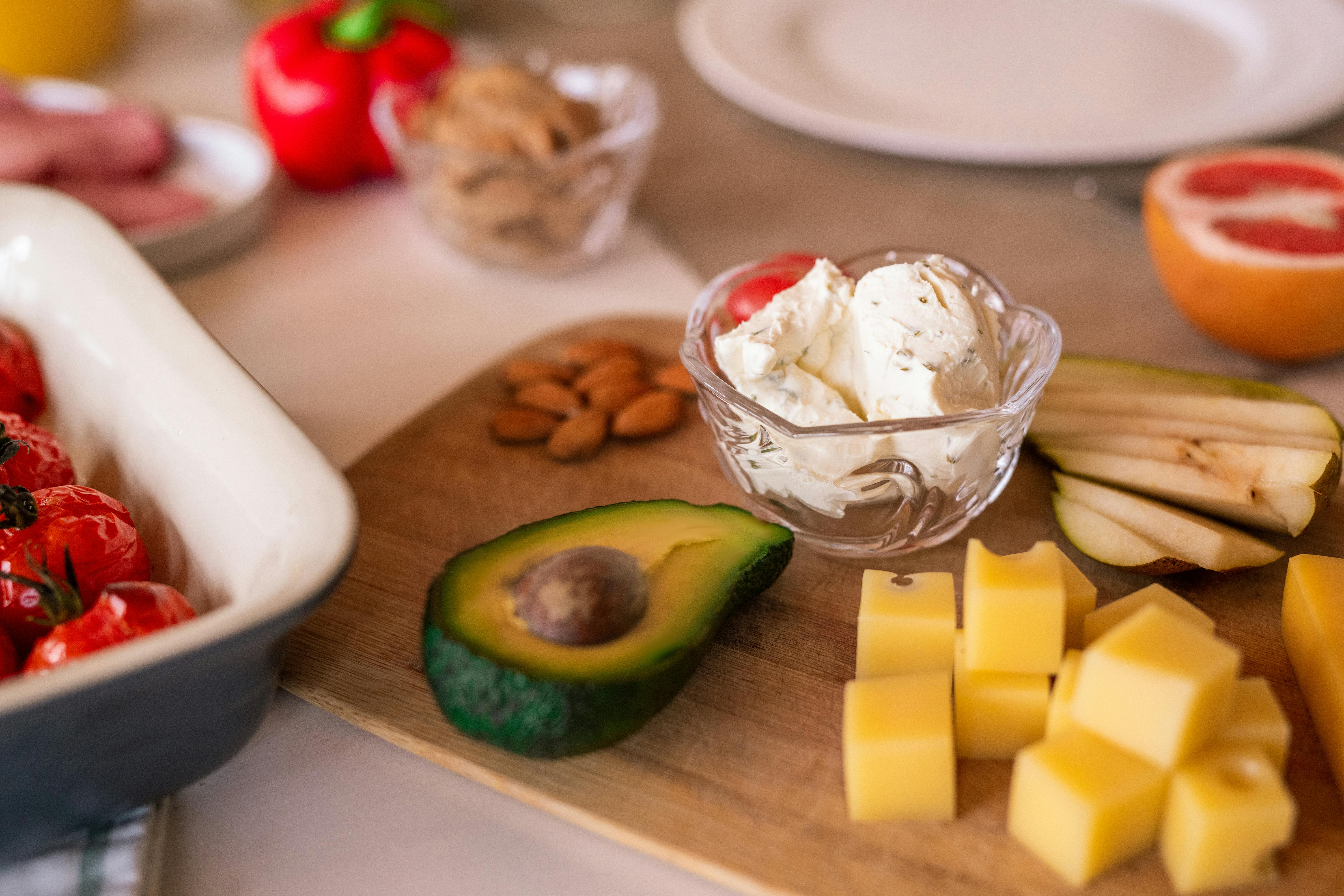Foodborne illnesses cost the hospitality, healthcare and food manufacturing industries in the US an estimated US$15 billion a year and in Australia the cost is about $1, 2 billion. In Australia in 2010, foodborne illnesses that occurred during food preparation caused 15 deaths and affected more than 2,000 people.
Illness-causing bacteria, including Salmonella and E. Coli, are among the most common forms of foodborne illness that can have devastating consequences for infected individuals and destroy the business that prepared and sold the infected food.
The risk of foodborne illness is ever-present in the hospitality, healthcare, and food manufacturing industries.
Addressing this hazard requires the adoption of best practice principles in cleaning, sanitizing, and disinfection when storing, preparing, and distributing fresh and processed foods.
Cleaning in the food industry is the removal of visible contamination such as food residue, dirt and grease from a surface.
Sanitizing and disinfecting is the process that destroys microorganisms, thus reducing the number of microorganisms present on a surface. Microorganisms may contain harmful bacteria, including Salmonella and E.Coli.
A disinfectant will kill up to 99.9% of harmful bacteria, including Salmonella and E.Coli. A disinfectant will kill 99.9% of harmful bacteria, including Salmonella and E.Coli.
To manage the risk of foodborne illness, the following food preparation areas require sanitizing of hands, cutlery, dishware, utensils, work tables, and hard surfaces, including walk-in coolers and refrigerated areas.
Processing fresh food with equipment that has not been sanitized will transfer contamination and possibly harmful bacteria. Food utensils and equipment must be cleaned and sanitized before each use and between use for raw foods and ready-to-eat foods.
Even the freshest raw foods contain bacteria. There are several ways that harmful bacteria can be transferred when preparing food for cooking, packaging, heating, serving, or selling. This includes the transfer of bacteria from dirty hands, equipment and utensils, cross-contamination between different foods, dust, and the use of dirty cleaning equipment.
The distinction between cleaning, sanitizing, and disinfecting is often not fully understood.
A clean surface can be defined as free of food residues, bad odors and must be non-greasy to the touch and free from oxidation such as rust. Cleaning prior to sanitizing and disinfecting is recommended as it increases the effectiveness of the sanitizing and disinfecting step.
A sanitized clean surface is a clean surface that is substantially free of pathogenic microorganisms and undesirable amounts of spoilage microorganisms. Which means free of up to 99.9% bacteria.
A sanitizer is stronger than a disinfectant and will kill 99.9% of bacteria.
Effective cleaning and disinfection is required to achieve the correct level of hygiene in food handling and production facilities. Without best practice sanitizing programs, the risk of food contamination increases tenfold.
Bacteria cannot be seen and can remain in biofilms on factory and food preparation surfaces. Biofilms are complex microorganisms that aid and enhance the survival and growth of harmful bacteria.
To manage the risk of foodborne illness, the following food preparation areas require sanitizing of hands, cutlery, dishware, utensils, work tables, and hard surfaces, including walk-in coolers and refrigerated areas.
Many sanitizers and disinfectants on the market today contain harmful chemicals like chlorine and ammonia.
Recent innovations in the cleaning industry are addressing this problem by replacing harmful chemicals with essential oils that are safe to handle, biodegradable, and residue-free.



